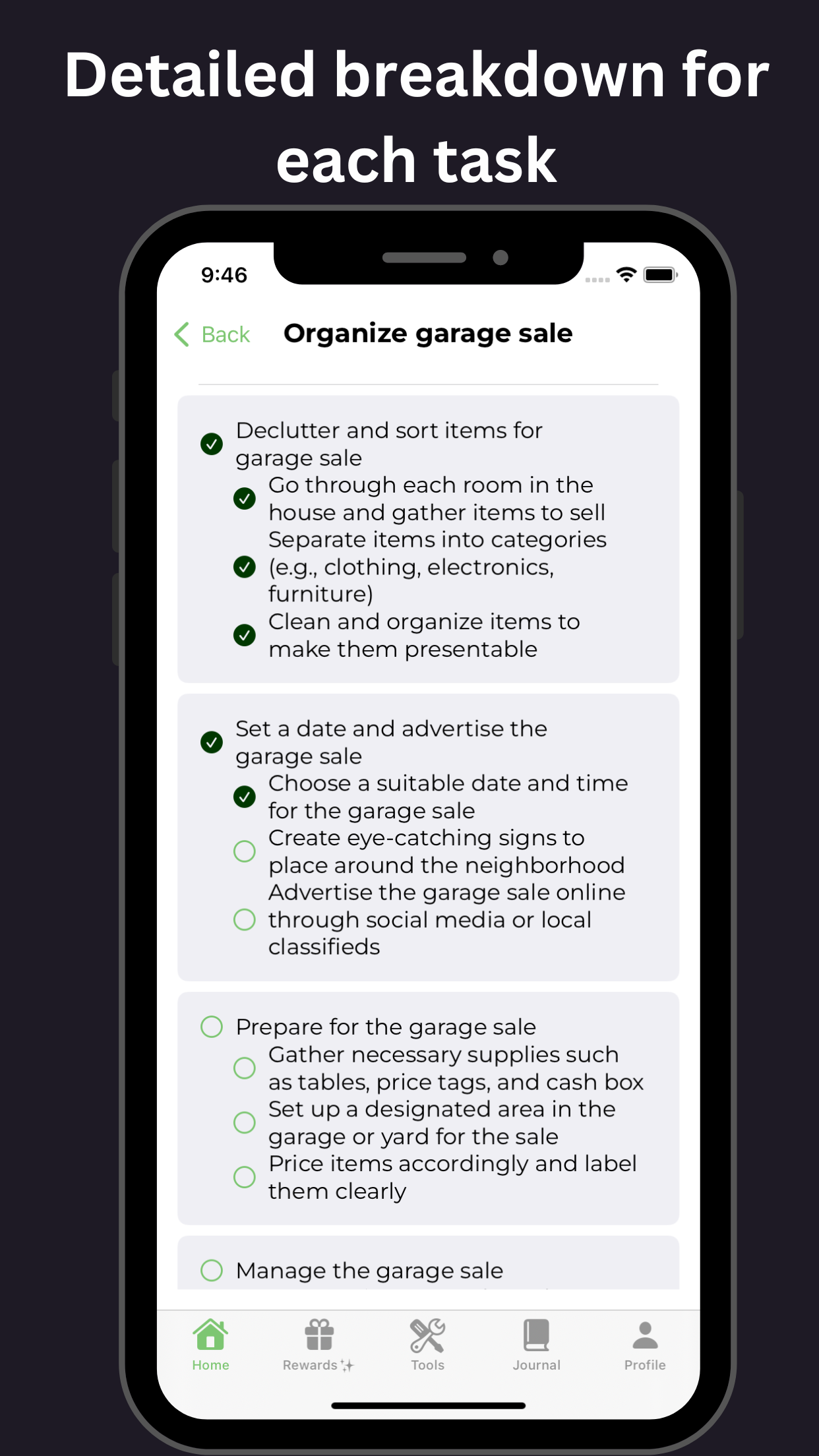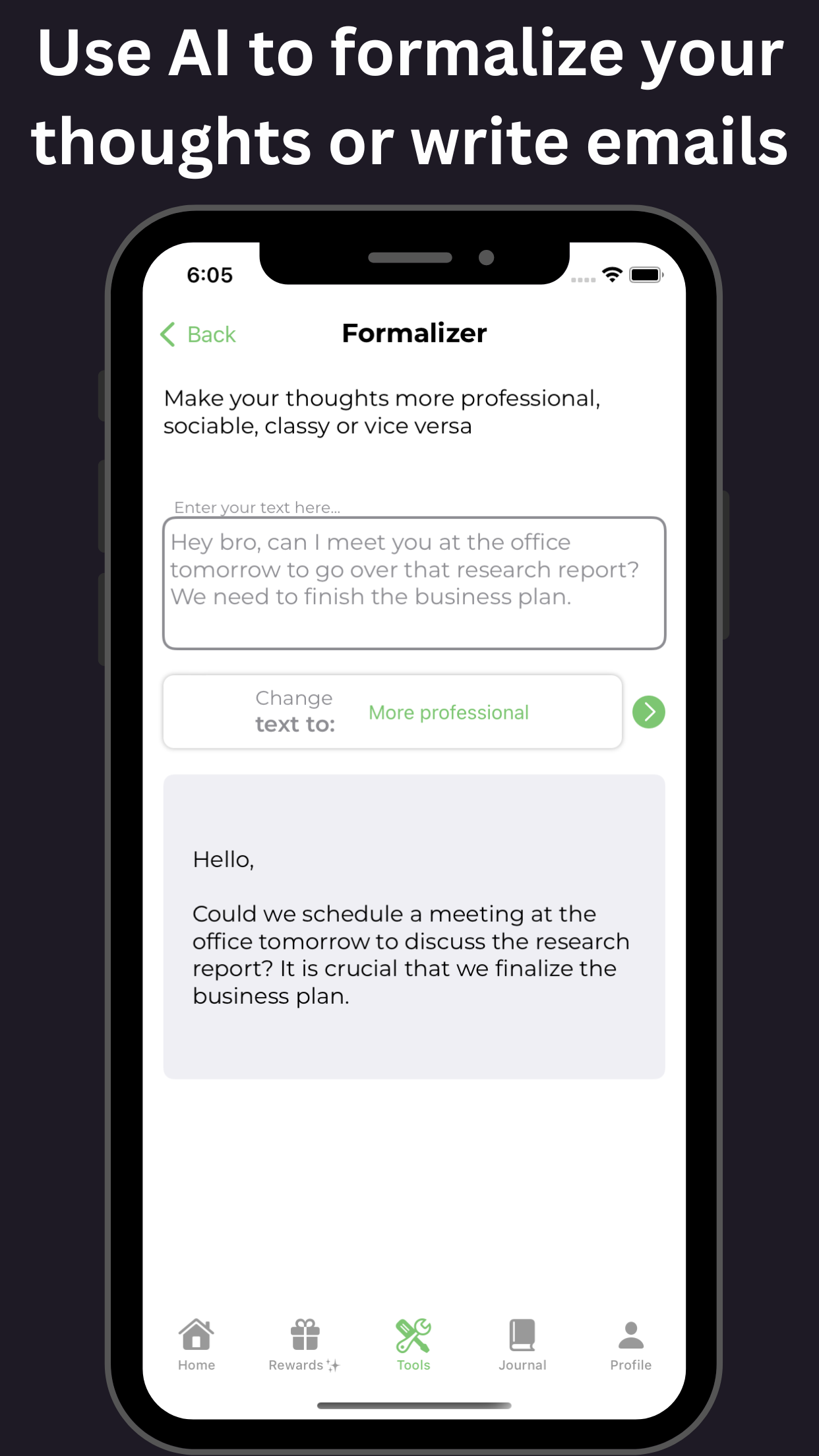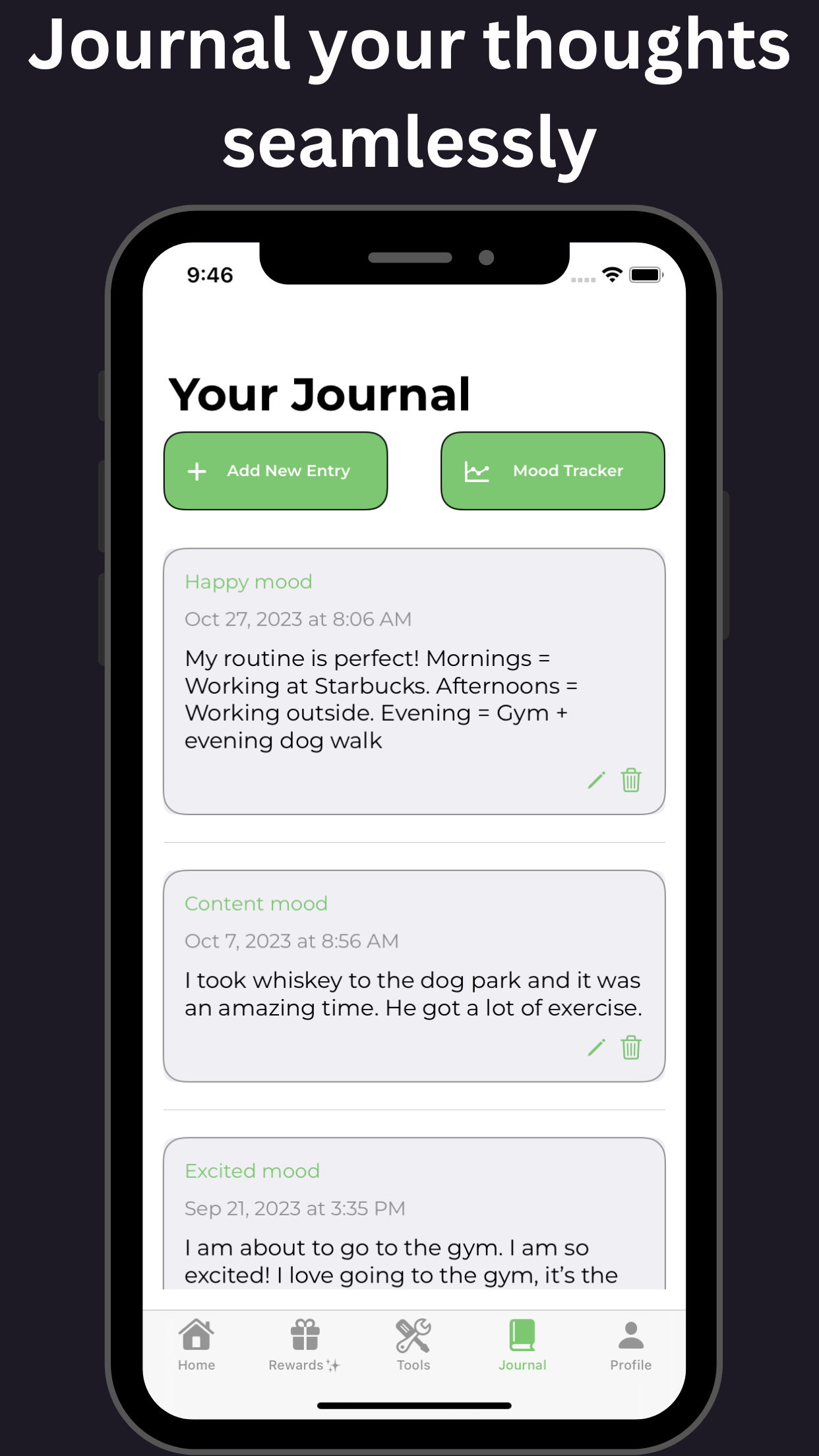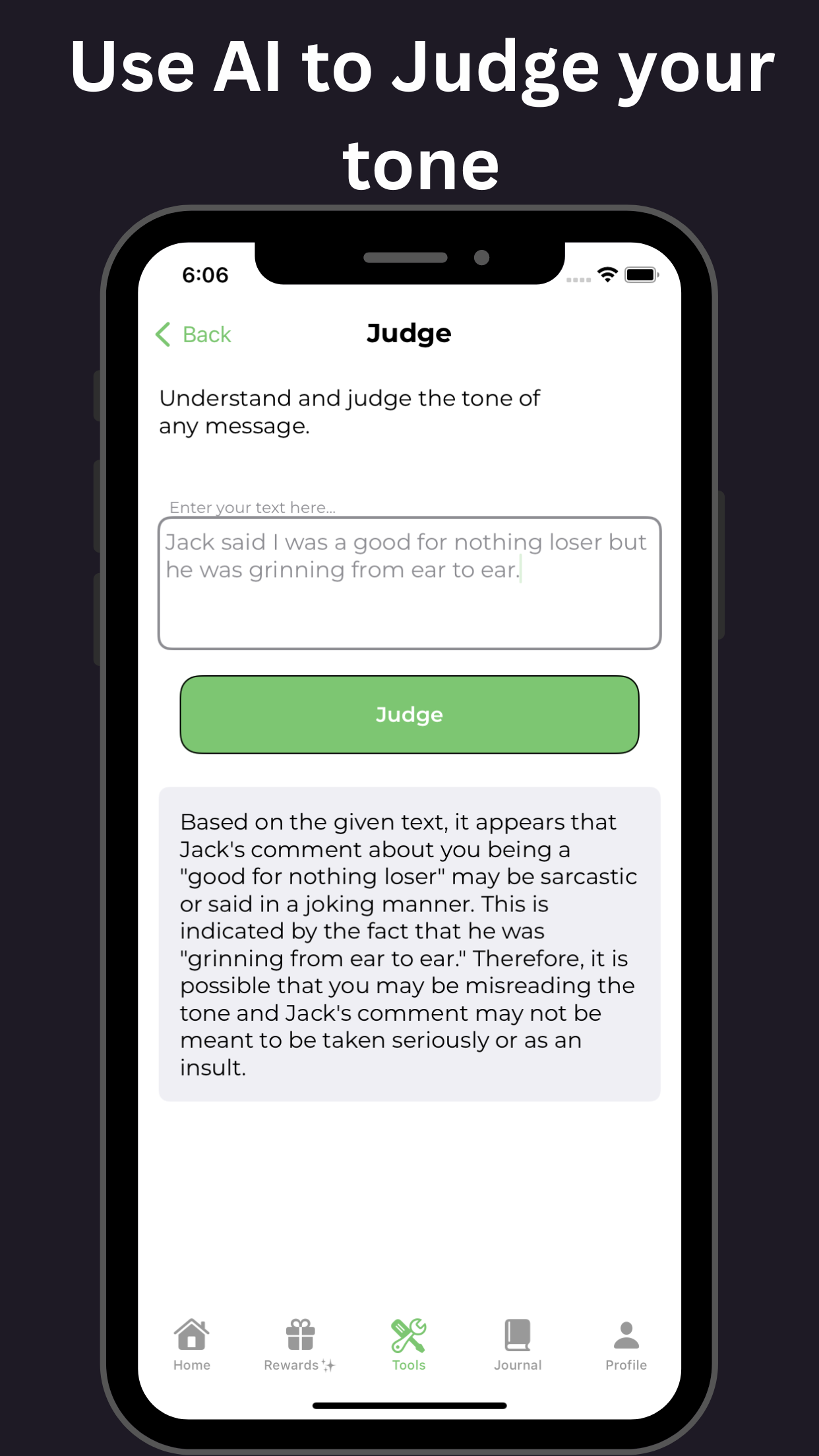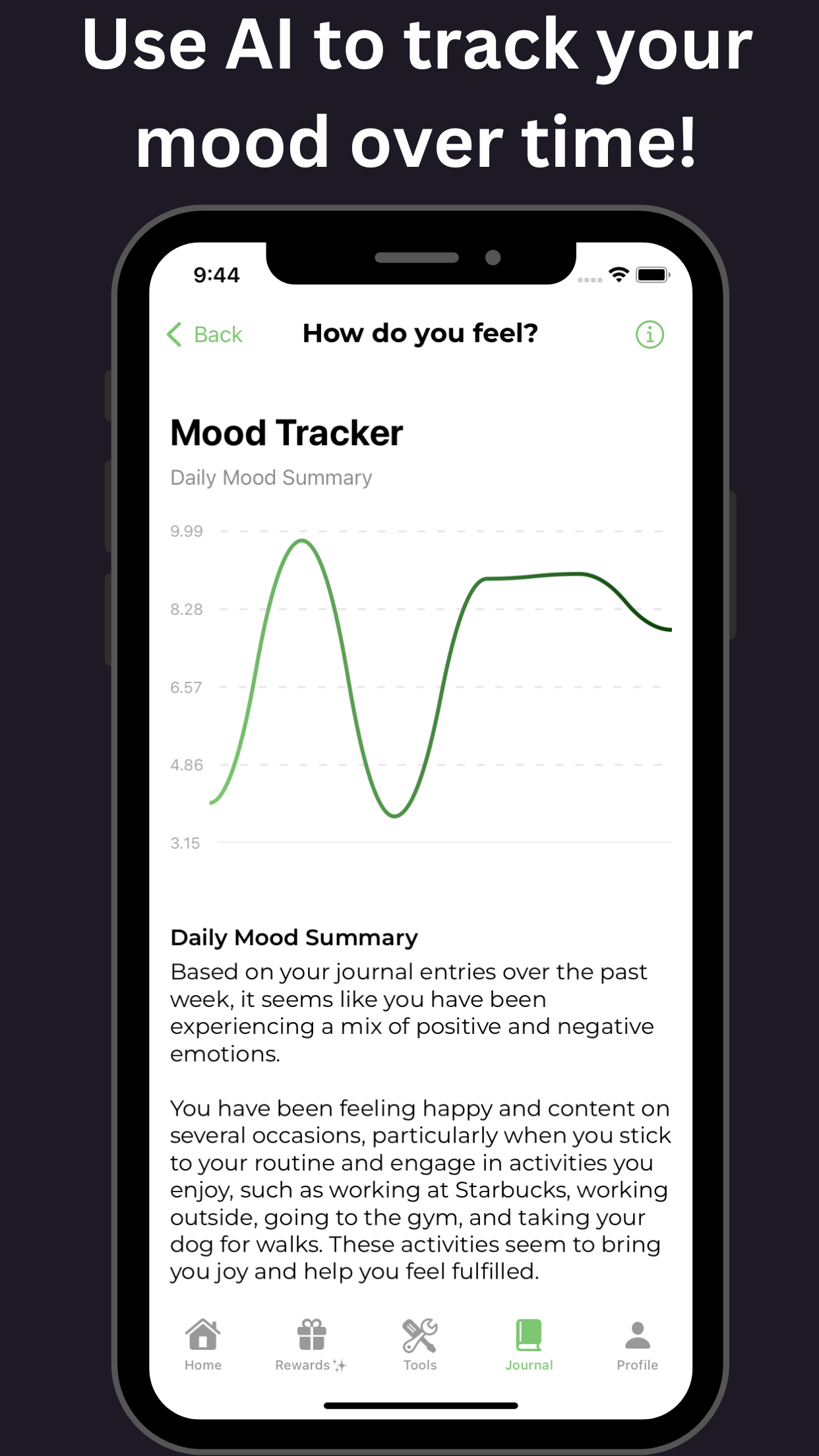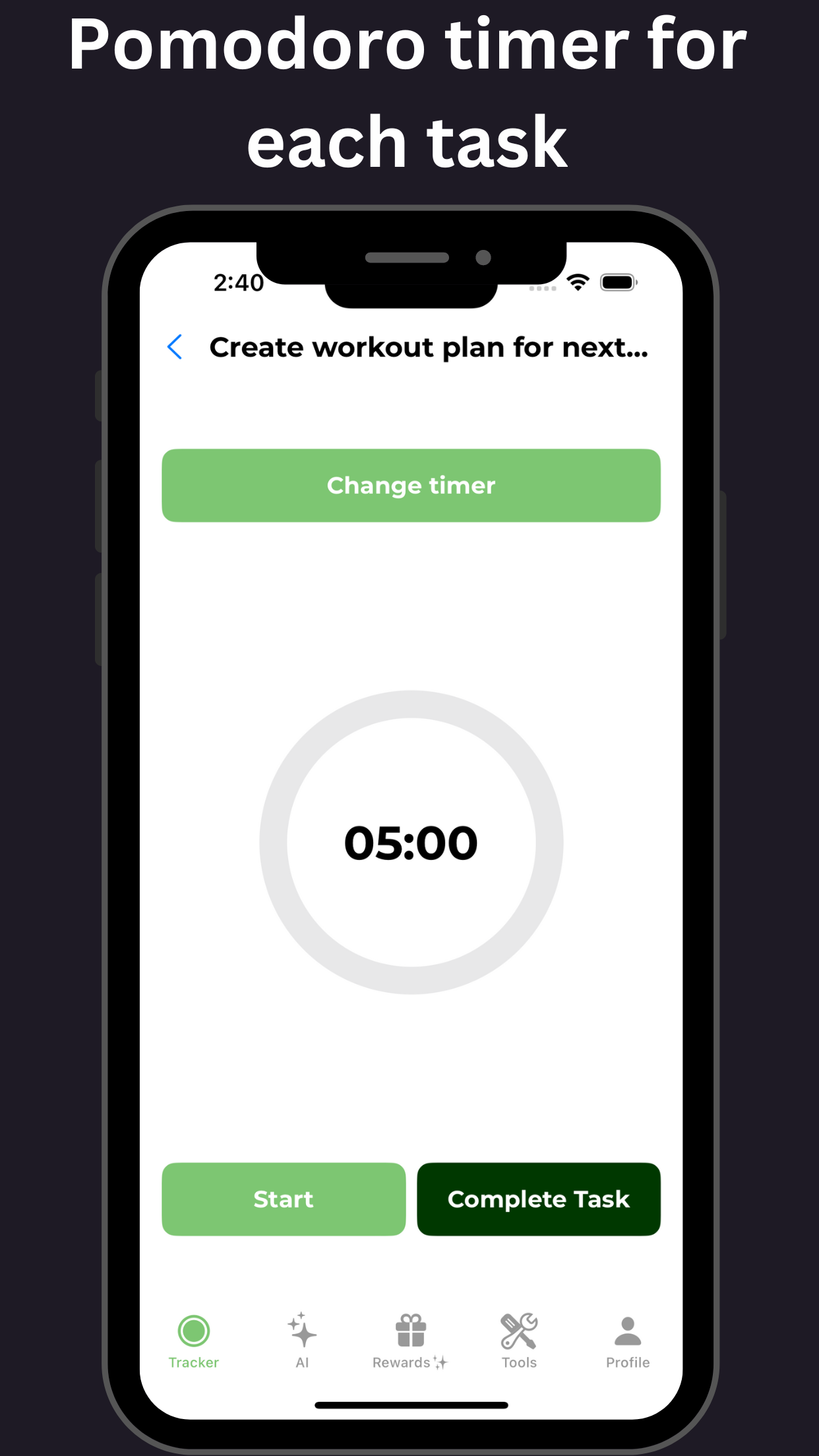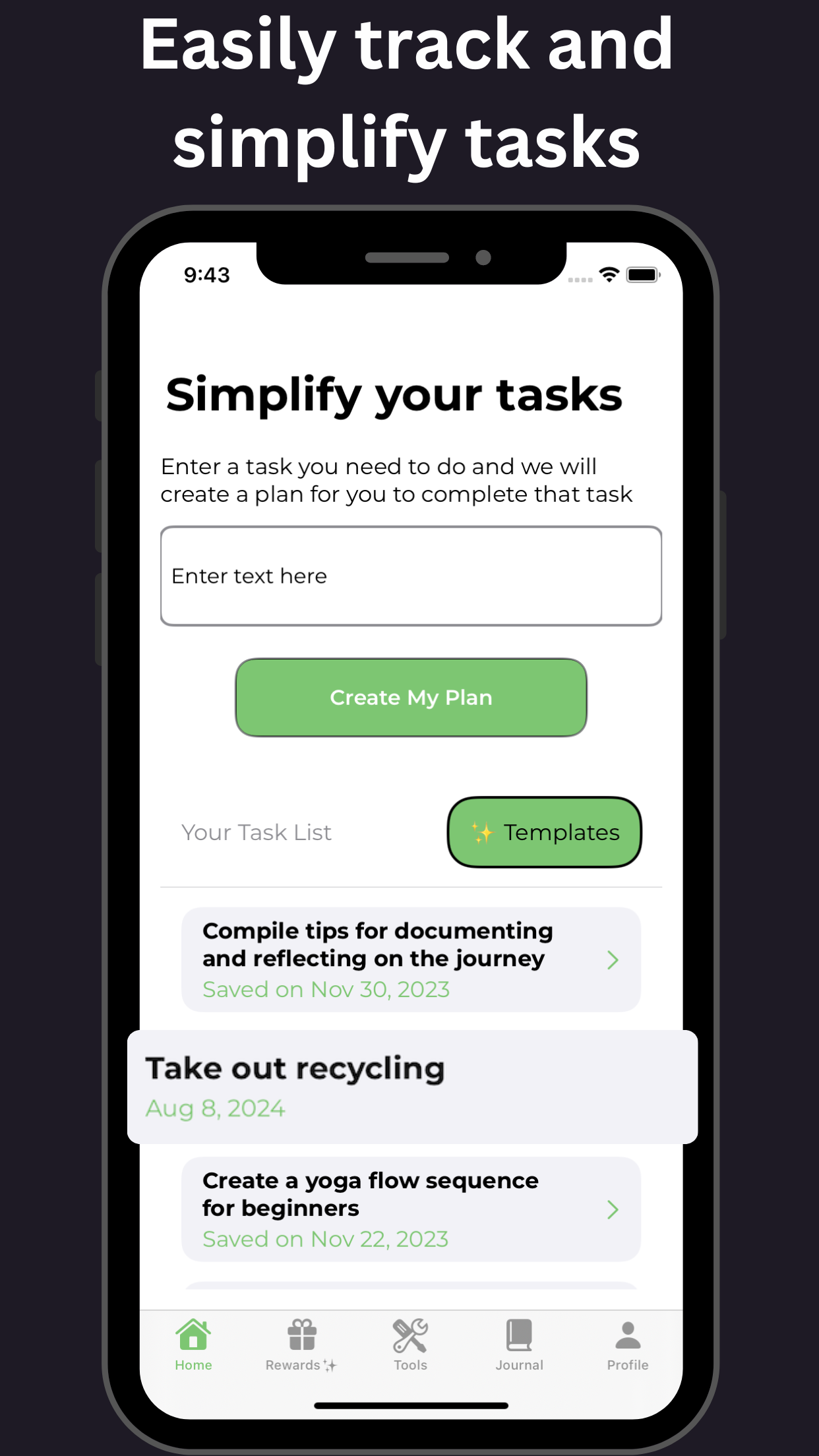ADHD-Friendly Workspaces: Design and Setup Tips for Enhanced Focus
Key Takeaways
| Key Takeaways |
|---|
| 1. Minimize distractions |
| 2. Use natural lighting |
| 3. Create a calm and organized environment |
| 4. Use adaptive furniture and accessories |
| 5. Incorporate sensory elements |
| 6. Provide multiple workstations |
| 7. Utilize visual aids and organization systems |
| 8. Allow for flexible working arrangements |
| 9. Offer breaks and movement opportunities |
| 10. Implement supportive technology tools |
Introduction: Understanding ADHD and its impact on work productivity
The article introduces the topic of ADHD and its impact on work productivity. It explains that ADHD, or attention deficit hyperactivity disorder, is a neurodevelopmental disorder characterized by difficulties in paying attention, impulsivity, and hyperactivity. The article aims to highlight the importance of creating ADHD-friendly workspaces by providing design and setup tips that can enhance focus for individuals with ADHD.

The importance of ADHD-friendly workspaces for individuals with ADHD
An ADHD-friendly workspace is crucial for individuals with ADHD as it allows them to enhance their focus, productivity, and overall sense of well-being. These workspaces are designed to cater to the specific needs of individuals with ADHD, minimizing distractions and creating an environment that promotes concentration. By incorporating elements such as organization systems, natural lighting, noise reduction techniques, and ergonomic furniture, ADHD-friendly workspaces help individuals minimize distractions, prioritize tasks, and stay focused throughout the workday. The positive impact of an ADHD-friendly workspace extends beyond work, enhancing overall daily functioning and contributing to a healthier work-life balance.
Identifying key features of an ADHD-friendly workspace
In order to design an ADHD-friendly workspace that promotes enhanced focus, there are several key features to consider. These include reducing distractions, organizing and decluttering the space, incorporating proper lighting and acoustics, utilizing ergonomic furniture and tools, and implementing effective time management strategies. By implementing these tips, individuals with ADHD can create an environment that supports their unique needs and facilitates improved concentration and productivity.
Ergonomic considerations for an ADHD-friendly workspace
When designing an ADHD-friendly workspace, it is important to consider ergonomic factors for optimal focus and productivity. Ergonomics refers to the design and arrangement of furniture, equipment, and workspace to promote comfort and efficiency.
One important consideration is to ensure that the desk and chair are suitable for the individual’s height and body type. The chair should offer proper lumbar support and be adjustable in terms of height and tilt. A desk that is at the right height can help maintain good posture and reduce the risk of pain or discomfort.
In terms of organizing the workspace, it is beneficial to minimize clutter and distractions. This can be achieved by having sufficient storage, such as drawers or shelves, to keep items neatly organized and out of view. It is also helpful to use visual cues and labels to designate different areas or items, making it easier to locate and access what is needed.
Lighting is another important aspect to consider. Natural light is preferable, as it has been shown to enhance mood and productivity. If access to natural light is limited, using adjustable and properly positioned artificial lighting can help create an optimal working environment.
Additionally, incorporating ergonomic accessories can further improve the ADHD-friendly workspace. For instance, a monitor stand can raise the screen to eye level, reducing strain on the neck and shoulders. An ergonomic keyboard and mouse can also provide more comfortable usage and reduce the risk of repetitive strain injuries.
Ultimately, an ADHD-friendly workspace with proper ergonomic considerations can contribute to enhanced focus, productivity, and overall well-being for individuals with ADHD.
Organizational strategies and tips for maintaining focus in the workspace
Research has shown that individuals with ADHD can benefit from specific organizational strategies and tips to maintain focus in their workspaces. Here are some key recommendations for creating an ADHD-friendly workspace:
- Declutter and minimize distractions: Keep your workspace clean and organized. Remove any unnecessary items or clutter that can divert your attention. Use storage solutions and desk organizers to keep everything in its place.
- Use visual cues and reminders: Incorporate visual aids to help you stay on track. This can include color-coding folders, using sticky notes, or creating a visible schedule or to-do list that outlines your priorities.
- Break tasks into smaller steps: Large tasks can feel overwhelming and lead to procrastination. To maintain focus, break down projects into smaller, more manageable steps. This allows you to focus on one task at a time, helping you stay organized and reduce feelings of being overwhelmed.
- Create a structured routine: Establishing a structured routine helps individuals with ADHD stay focused and maintain productivity. Set specific times for different activities, such as breaks, meal times, and focused work periods. Consistency is key to reduce distraction and improve focus.
- Utilize tools and technology: Take advantage of various productivity tools and technologies available to help you stay organized and maintain focus. These can include task management apps, calendar reminders, noise-canceling headphones, and time-blocking techniques.
- Optimize your physical environment: Pay attention to lighting, temperature, and noise levels in your workspace. Adjust the lighting to reduce glare and consider using natural light whenever possible. Maintain a comfortable temperature and minimize distracting noises by using white noise machines or headphones to block out background sounds.
By implementing these organizational strategies and tips, you can create an ADHD-friendly workspace that enhances focus and productivity, allowing individuals with ADHD to thrive in their work environment.
Enhancing concentration through color and lighting choices in the workspace
Enhancing concentration through color and lighting choices in the workspace is an important aspect to consider when creating ADHD-friendly workspaces. The use of specific colors and lighting can have a direct impact on focus and attention.
When it comes to color choices, it is recommended to opt for calm and neutral tones such as muted blues and greens. These colors promote a sense of tranquility and can help reduce distractions in the workspace. On the other hand, bright and vibrant colors should be avoided as they can be overstimulating and increase restlessness.
In terms of lighting, natural light is highly beneficial for individuals with ADHD. Exposure to natural light has been found to improve mood, attention, and overall productivity. Therefore, it is ideal to position workspaces near windows to maximize natural light. Additionally, using adjustable lighting fixtures or lamps can allow for flexibility in creating the desired lighting conditions.
Overall, being mindful of color and lighting choices in the workspace can greatly contribute to an ADHD-friendly environment. By incorporating calming colors and maximizing natural light, individuals with ADHD can enhance their concentration and focus, leading to improved productivity and well-being.
Noise management techniques for minimizing distractions in the workspace
Noise management techniques for minimizing distractions in the workspace can greatly benefit individuals with ADHD, enhancing their focus and productivity. Some effective strategies include:
- Soundproofing: Installing insulation, acoustic panels, or sound-absorbing curtains can reduce external noises and create a quieter environment.
- White noise machines: These devices produce a constant background noise that can help mask other sounds and provide a more consistent auditory environment.
- Use of headphones: Wearing noise-cancelling headphones or listening to ambient music can help block out distractions and create a focused atmosphere.
- Designated quiet spaces: Creating designated quiet areas in the workspace, such as soundproof booths or dedicated rooms, can provide individuals with a calm and distraction-free environment for tasks requiring concentration.
- Communication guidelines: Establishing guidelines for noise levels and respectful behavior in the workplace can help maintain a quieter atmosphere and minimize distractions for everyone.
Implementing these noise management techniques can significantly improve the concentration, focus, and overall productivity of individuals with ADHD, promoting an ADHD-friendly workspace that supports their needs.
Utilizing technology and apps to support productivity and focus
The blog article "ADHD-Friendly Workspaces: Design and Setup Tips for Enhanced Focus" provides insights on using technology and apps to support productivity and focus in workspaces for individuals with ADHD. It highlights the importance of designing a workspace that minimizes distractions and stimulates focus. The article emphasizes the use of technology tools such as noise-canceling headphones, task management apps, and timers to enhance concentration. It also suggests creating a clutter-free environment and incorporating ergonomic furniture for optimal comfort. By implementing these design and setup tips, individuals with ADHD can create workspaces that promote increased productivity and focus.
Incorporating sensory elements for improved attention and task completion
Incorporating sensory elements in ADHD-friendly workspaces can greatly improve attention and task completion. By creating an environment that supports sensory needs, individuals with ADHD can enhance their focus and productivity. Some design and setup tips for an ADHD-friendly workspace include utilizing natural lighting, reducing clutter, choosing calming colors, providing comfortable seating, adding noise-cancelling features, incorporating fidget tools, and creating dedicated spaces for breaks or movement activities. These sensory elements help to minimize distractions, increase attention span, and optimize task completion for individuals with ADHD.
Designing a productive and sensory-friendly home office setup for individuals with ADHD
Designing a productive and sensory-friendly home office setup for individuals with ADHD involves several key considerations. First, it is important to create a clear, organized, and clutter-free workspace. This can be achieved by implementing effective storage solutions and regularly decluttering the area.
In terms of furniture, individuals with ADHD may benefit from using ergonomic chairs and desks that provide proper support and encourage good posture. It can also be helpful to incorporate adjustable components, such as height-adjustable desks or monitor stands, to accommodate different needs and preferences.
Lighting plays a crucial role in creating an ADHD-friendly workspace. Natural light is ideal, but if that’s not possible, using adjustable artificial lighting that mimics natural light can be beneficial. Additionally, avoiding harsh overhead lighting and using task lighting to focus on specific areas can help reduce distractions.
Color and overall aesthetics also impact focus and productivity. Neutral or muted colors are generally recommended, as they promote a calm environment. However, adding pops of color or personal touches through artwork or decor can enhance motivation and engagement.
Minimizing distractions is essential in an ADHD-friendly workspace. This can be achieved by creating a separate, designated area solely for work purposes and using noise-cancelling headphones or white noise machines to minimize auditory distractions. Proper cable management and technology organization can further reduce visual distractions.
A sensory-friendly home office should also include elements that stimulate focus and concentration. This may involve incorporating fidget toys, stress balls, or different textures to provide tactile stimulation without being overly distracting. Additionally, adjustable desk accessories, such as standing desks or balance boards, can promote movement and sensory input, improving focus and reducing restlessness.
Overall, creating an ADHD-friendly home office setup involves organizing and decluttering the workspace, choosing ergonomic furniture, optimizing lighting, incorporating calming colors, minimizing distractions, and incorporating sensory elements that enhance focus and concentration. By implementing these design and setup tips, individuals with ADHD can create a supportive and productive work environment.
"Creating ADHD-Friendly Workspaces: Designing for Focus and Productivity" - https://www.additudemag.com/slideshows/designing-workspace-adhd-tips/
"ADHD-Friendly Office Design for Improved Focus and Productivity" - https://www.adhd-institute.com/burden-of-adhd/living-with-adhd/adults-with-adhd/working-with-adhd/adhd-friendly-office-design/
"Designing an ADHD-Friendly Workspace" - https://www.everydayhealth.com/hs/adhd-at-work/design-adhd-friendly-workspace/
"7 Tips for Creating an ADHD-Friendly Workplace" - https://www.psychologytoday.com/us/blog/the-race-good-health/201102/7-tips-creating-adhd-friendly-workplace
"Designing a Productive Workspace for Individuals with ADHD" - https://fastbraiin.com/designing-a-productive-workspace-for-individuals-with-adhd/
"Creating an ADHD-Friendly Workspace at Home" - https://chadd.org/adhdweekly/creating-an-adhd-friendly-workspace-at-home/
"ADHD-Friendly Workspaces: Tips for the Office and Home" - https://modernparent.net/adhd-friendly-workspaces-tips-for-the-office-and-home/
"Designing a Workspace for Individuals with ADHD: 9 Tips for Focus and Productivity" - https://www.fastcompany.com/3057168/designing-a-workspace-for-individuals-with-adhd-9-tips-for-focus-and-productivity
"Designing an ADHD-Friendly Home Office" - https://www.verywellmind.com/designing-an-adhd-friendly-home-office-20899
"Creating an ADHD- Friendly Home Office Space" - https://www.greatschools.org/gk/articles/creating-an-adhd-friendly-home-office-space/
